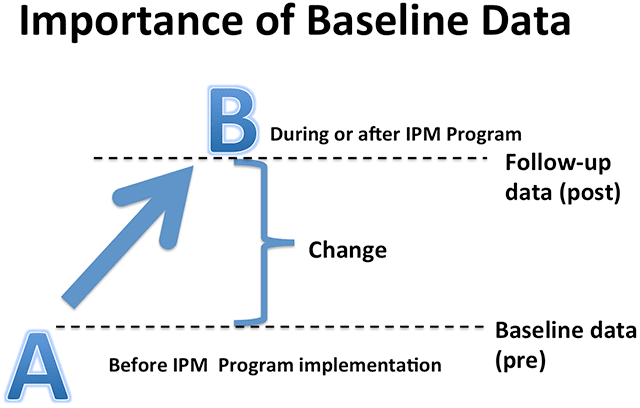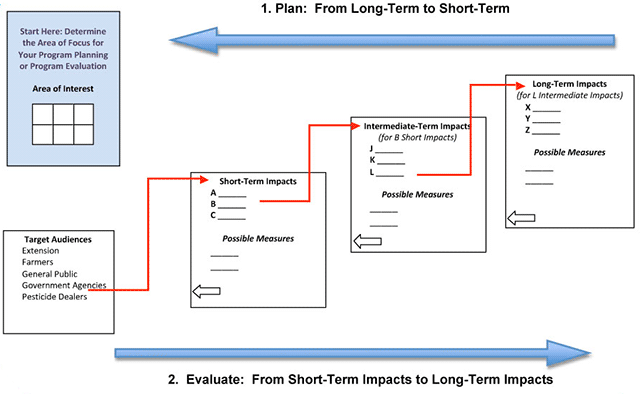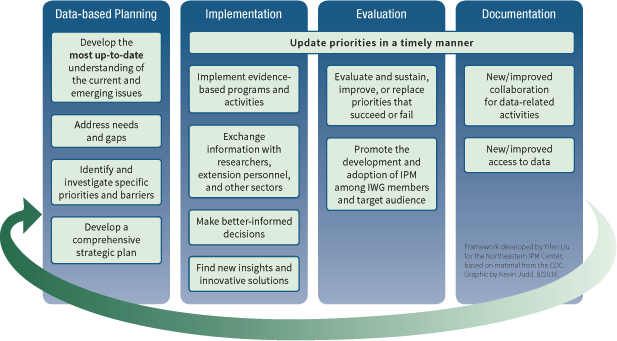Introduction to Evaluation Plans for Grant Proposals
by David Lane
Updated on September 19, 2018
Evaluation Approach for RFAs
Our center focuses on Developmental Evaluation (Patton, 2011) when it is appropriate.
Traditional evaluation often attempts to validate program models by measuring processes and outcomes with formative and summative assessments when the causal relationship between inputs and outputs is relatively linear, simple, straightforward, and repeatable.
In contrast, developmental evaluation supports the development of innovations and adaptation of interventions in dynamic, complex environmental systems in which we can expect uncertainty and complexity as givens (Patton, 2011). In addition, it is the evaluation of proposals from conceptualization, implementation, and data collection under conditions of complexity. The evaluation plan in your proposal is a place to evaluate your project goals and assess if these can be achieved within a reasonable amount of time and budget.
Why do we need an evaluation plan for our proposal?
The information that follows is based on a highly successful self-paced course, “IPM Impacts Assessment” from the Western and Regional IPM Centers.
Program evaluation is concerned with measuring change. Changes in what people know or believe, what people do or don’t do, changes in economic results, and changes in environments, communities, or the world. For this reason, effective IPM evaluation is dependent upon some form of baseline data that indicates the state of what is to be measured before the IPM program is implemented. While this can be done retrospectively (e.g., “how much did your IPM knowledge increase as a result of today’s workshop?”), it is most often desirable to document change by measuring at two or more points in time. This is sometimes referred to as collection of “pre and post” evaluation data.

Figure 1: From “Module 1: Getting Started with IPM Evaluation Planning”
Evaluation Plans
The purpose of evaluation is to prevent redundant tasks, improve efficiency, and collect high-quality data. Regardless of whether you choose traditional or developmental approaches to your evaluation, if you are applying for an IPM Partnership Grant, or any other publicly funded grant, you will need a mechanism for measuring the impacts of your project. No longer is it acceptable just to evaluate knowledge gained; funding sources want to know if your audience has changed a behavior, improved their IPM skills, or adopted an IPM practice.
Evaluation Methods
Designing the methods that you will use for your evaluation can seem quite daunting, but it need not be complicated or challenging. What is important is that the methods and tools you use are appropriate for your evaluation questions. The approach you take will, to a large extent, be determined by the aims and objectives of your evaluation. Quantitative and qualitative methods represent different ways data can be collected and used to inform your evaluation. Qualitative approaches use narrative or descriptive data rather than numbers.
Qualitative methods are useful for assessing participants’ needs, to identify improvements for a program in progress, for understanding why IPM policies, practices or programs are adopted (or not), or assessing what factors are most critical to IPM program success.
Quantitative methods are most often used to assess a project’s outcome and impact.
Progress and Final Reports
Plan ahead to make sure that you have the documentation you need for the progress and final reports. The evaluation plan used in your initial proposal must be incorporated into a final report.
What do we do with the data?
Besides being used to answer important scientific questions, the data also serves to show our sponsors and policy makers the impacts we are making.
What types of proposal are there?
- IPM Issues: focuses on conducting experiments
- IPM Working Groups: focuses on establishing collaborations
- IPM Communication: focuses on communicating the science to public
When are the evaluation plan and logical model required?
These are required for IPM Working Groups and IPM Communication proposals.
These are not required for IPM Issues proposals. IPM Issues proposals will be evaluated by other measures that assess the feasibility of achieving your stated goals.
What does the evaluation process entail?

Figure 2: From “The Close Relationship between Planning and Evaluation”
IPM Issues
- Study design (e.g., identify the hypothesis or question(s) being asked)
- Statistical analysis with a detailed protocol
- Data collection (e.g., pesticide records, surveys, GIS)
- The potential for confounding factors or limitations and how they will be addressed
- Elimination of bias
- The presentation of key findings with target audiences identified
IPM Working Group and IPM Communication
- Data-dependent planning: identifying key research questions and selecting proper methods for data collection and analysis
- Implementation: executing project plans according to milestone deadlines
- Evaluation: assessing immediate outcomes of the project for short- to long-term effects
- Documentation: compiling collected data, analysis, and reports in an accessible database
(Need help determining your project type? See our grant decision tool graphic.)
When you are ready to begin your logic models, you can review these examples:
- http://www.ipmcenters.org/LogicModels/samplelogicmodels.cfm
- http://ipmimpact.ucanr.edu/Module_1__Getting_Started_with_Adoption_Impact_Studies/The_Logic_Model
More details about the evaluation framework are shown below and in the RFA.

Figure 3: Evaluation framework.
What is data-dependent planning (for IPM Working Groups and IPM Communication projects)?
To plan, think about what you want to achieve in the long term first, then work backward to decide what actions to take and ways to know whether you’ve accomplished the goals.
- Identify the desired long-term impacts—changes in economic, environmental, or social condition—and the possible measures to show whether the impacts have occurred.
- Identify the intermediate-term impacts—changes in behavior, actions, or decisions—that can lead to the long-term impacts. What possible measures will show whether these impacts have occurred?
- Identify short-term impacts—changes in knowledge, skill, or attitudes—that can lead to the intermediate-term impact. What possible measures will show whether these impacts have occurred?
- What activities will result in the identified short-term impacts?
- What inputs (investments) are required to carry out the activities?
Examples of Planning a Program for Later Evaluation
(From http://www.ipmcenters.org/LogicModels/PlanEvalModel.cfm?LogicModelID=5)
Factors for Success
The IPM Road Map (PDF) should be considered when writing your evaluation plan because it describes steps and phases that need to be undertaken. Questions to ask yourself:
- What will you do in order to achieve your goal within the project timeline?
- What are the logical sequences of activities that should lead to desired outcomes?
- Do my project objectives align with the Northeastern IPM Center’s vision and mission?
On behalf of the Northeastern IPM Center, I wish you the best on your proposal submissions.
Best,
David Lane
del97@cornell.edu
For further evaluation planning information, see the IPM Impacts Assessment website.
